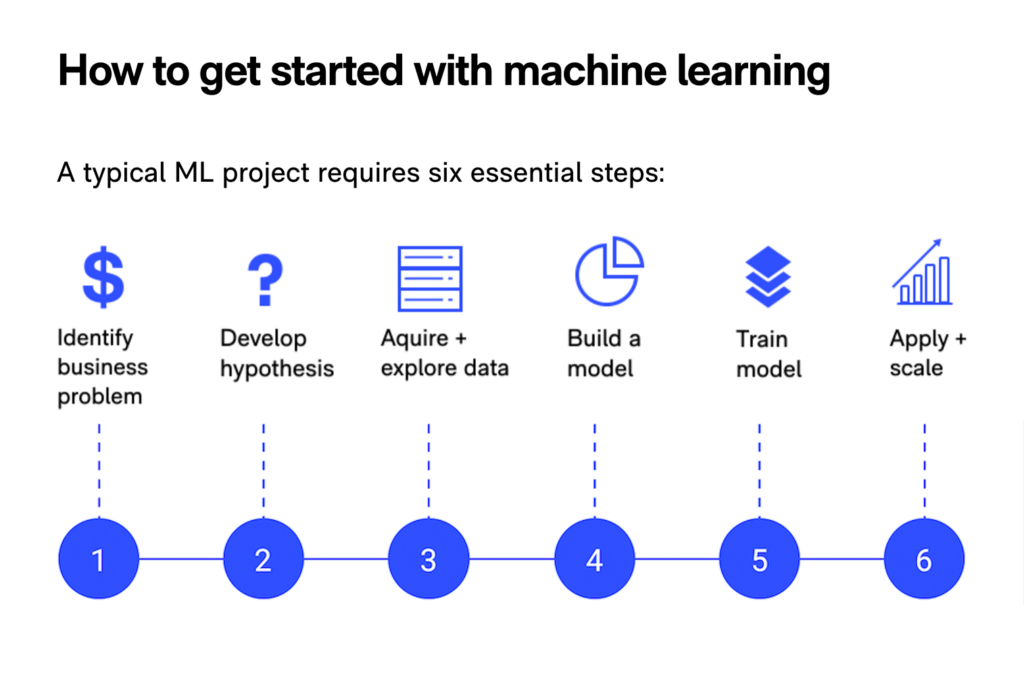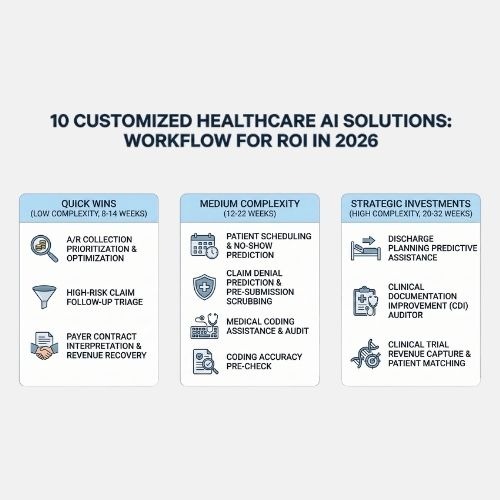Thanks to Hollywood and science fiction, most people are familiar with the concept of artificial intelligence. Yet, at the core of many AI systems is a powerful and less familiar branch of AI called machine learning. Machine learning is often referred to as the brain of AI, a collection of powerful tools and techniques that gives computer systems the ability to learn on their own.
So, what is machine learning?
One way to better understand machine learning, is to compare it to how children learn. A machine learning training process is similar to how we teach our children, through repeated exposure to input. For example, we might show a child several pictures of an apple and an orange. After a dozen or so exposures, the child independently begins to distinguish apples from oranges. As the child receives input, their brain begins to build data sets and organizes its own logic. The child eventually can teach themself without additional input.
Like a child’s brain, a machine learning system is fed training data, which is then used to create highly complex logic that lives in hidden layers untouched or modified by human hands. We refer to those hidden layers as a deep neural network, and we refer to the process of training the system as “deep learning.”
Through deep learning, machine learning enables a computer system to improve itself over time. The process of improving a machine learning model can range from a process that’s fully automated, to models that have a tested, faceted training process. Netflix, for example, uses a fully automated training process for its recommendation engine. In Netflix, every selection that you make, or every movie that you watch, becomes training data for a machine learned model associated with your account. Netflix then uses that training model to make movie and content recommendations specifically for you. The model automatically improves itself without human intervention.
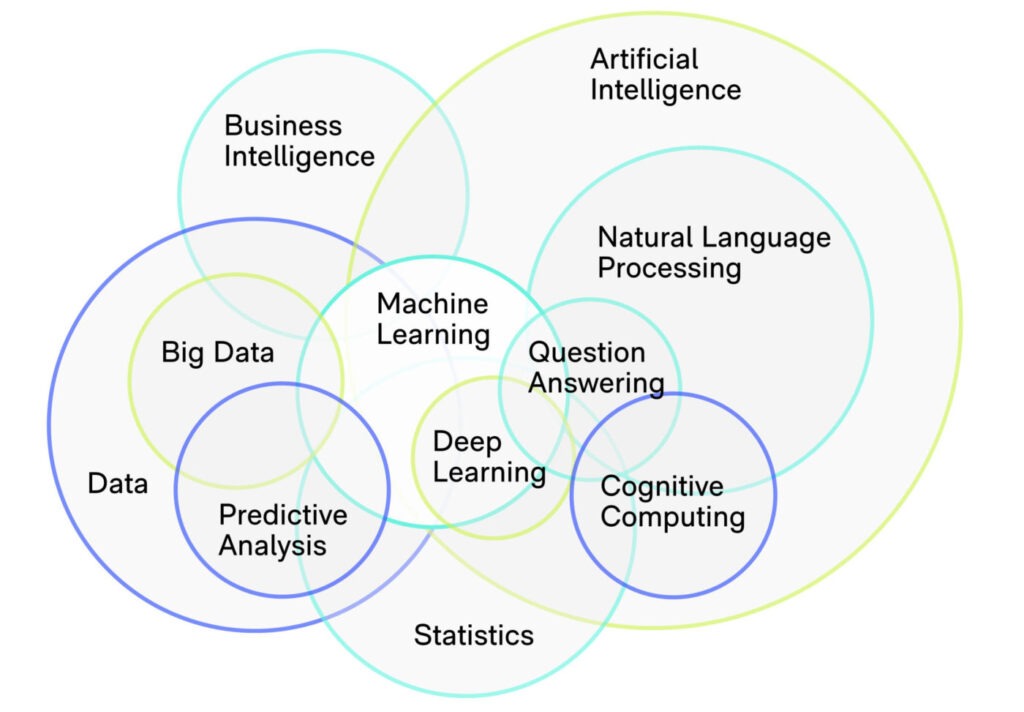
When people ask ‘What is machine learning?,’ they often are asking how does this apply in a business use case? Simply put, anything with repeatable inputs and outputs can be modeled with machine learning. Consider any repeatable task you might have in your organization, whether it’s textual, numeric, imagery, video, or audio. Any application with a standard or repeatable set of input data that needs a repeatable outcome can be modeled.
The graphic below illustrates a simplified process of how data flows through a model. On the left is the input, in this case, an image of a car. The car image is sent to a model that performs complex logic on the image in the hidden layer and that returns output – a car or not a car, along with a confidence score.
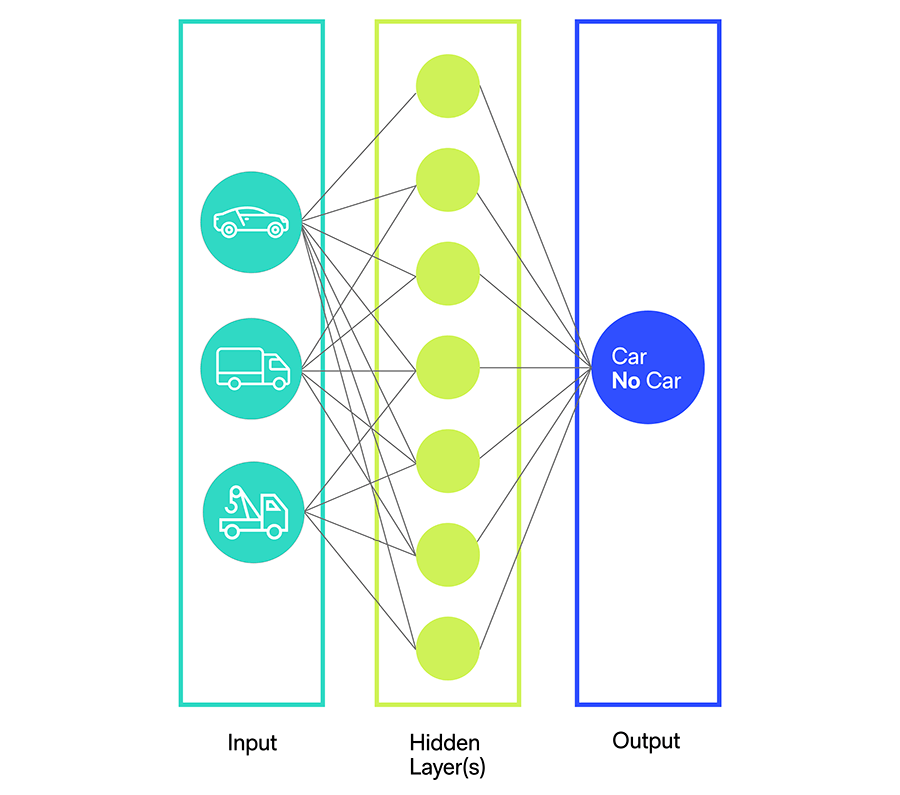
Of course, a typical use case would be more complex and provide multiple outcome options. Maybe you’d like the output to be a car, truck, crane, or none of the above. This is all possible, depending on your use case, accessible training data, and process.
What’s an example of a machine learning business use case?
Let’s apply the process above to a business use case. For example, say a marketing specialist spends 40 minutes each day looking through an image library for applicable images for social media posts. Using a machine learning model, a program can automatically recommend images based on the editorial content of the post.
The inputs would be the keywords in the social post content, like car, truck or crane. Keywords are sent to the model, which then returns output with imagery of cars, trucks, or cranes.
The biggest expense in building a machine learning model is collecting the training data. A machine learning system learns from a large set of examples to build a reliable model. The larger the training data set, the more accurate the outcome and the higher the confidence score. Of course, the benefit is that once the initial model is created, the system will continually teach itself, always learning and identifying new images of cars, trucks, or cranes, uploading them automatically based on keywords in editorial content – and freeing up the specialists’ time for a more complex task.
How do I get started with machine learning?
A typical machine learning project requires six essential steps:

1. Identify the specific business problem and the machine learning use case
What problem is the model trying to solve?
2. Develop the hypothesis for the model to be tested against
Create a candidate model that approximates a target function for mapping inputs to outputs.
3. Acquire and explore the data
To effectively train a deep learning model, you need millions of data points to serve as training data.
4. Build a model
Create the technical architecture, API, and structure the desired API response.
5. Train the model
Using the collected data, engineers train the model using data sets and a trial and error process.
6. Apply the model and scale it
Once the desired accuracy rate is met, you can start implementing the model into your production workflow, ensuring your hosting service is set up with enough power to handle your load. After deployment, you would monitor the model for accuracy, performance, and stability. Retrain and adjust the model to scale, as necessary.
Are you ready for machine learning?
Before you jump right into machine learning, you need to ask yourself if your users are ready. Are your users willing to provide data? Is there anonymized data that can help your training algorithms? Training data can be continually improved through the use of feedback data. However, obtaining training data requires the cooperation of a large number of individuals who may not see the immediate benefit in providing it. Whether it’s fear of the unknown or concerns about privacy, your colleagues may express apprehension, so be prepared to identify specific opportunities within your organization and to educate your colleagues about return on investment.
Focus on value, not hype
Like most new initiatives, machine learning adoption starts at the C-Suite. Fortunately, thanks to leading tech giants that use machine learning – like Amazon, Google, and Facebook – most leadership teams are at least familiar with the term. The next step is to prove the value of machine learning within your own organization. Here are five ways machine learning can deliver a return on investment.
- Easily identifies trends and patterns
Machine learning can review large volumes of data and discover specific trends and patterns not apparent to the human eye. For instance, for an e-commerce website like Amazon, machine learning serves to understand the browsing behaviors and purchase histories of its users to help cater to the right products, deals, and reminders relevant to them. - No human intervention needed
With machine learning, you don’t need to oversee your project every step of the way. Machine learning enables machines to learn independently, making predictions and improving the algorithms on their own. A common example of this is antivirus software. Machine learning systems help to filter new threats as they are recognized. Machine learning is also good at recognizing spam. - Continuous improvement
As machine learning algorithms gain experience, they continually improve in accuracy and efficiency. The result is better decision-making. Say you need to make a weather forecast model. As your data keeps growing, your algorithms learn to make more accurate predictions faster. - Machine learning algorithms are good at handling data that are multidimensional and multivariate, and they can do this in dynamic or uncertain environments.
Multivariate regression helps us to measure the angle of more than one independent variable and more than one dependent variable. A great example of this is Zillow, which pulls in data of attributes that are seemingly unrelated, such as square footage, school district score, and unemployment rate. Machine learning is used to predict the behavior of the outcome and associated predictors. In essence, it can predict how variables are changing and will change over time. - Wide range of applications
Whether you’re an e-tailer or a healthcare provider, machine learning can work for you. Where it applies, it holds the capability to deliver a more personal experience to customers while also accurately targeting the right customers.
Common machine learning use cases:
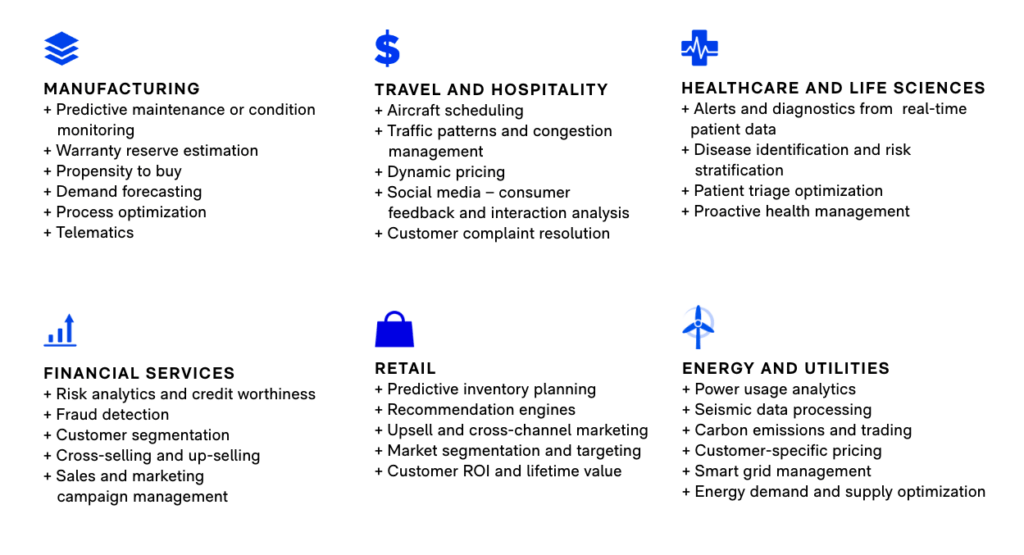
Next steps in your machine learning journey
Still unsure about how to move forward with machine learning? Thanks to the democratization of AI and machine learning, companies of all sizes are discovering new ways that machine learning can drive efficiency and improve their bottom line. If you’re not using machine learning yet, you can bet some of your competitors are.
Related content

